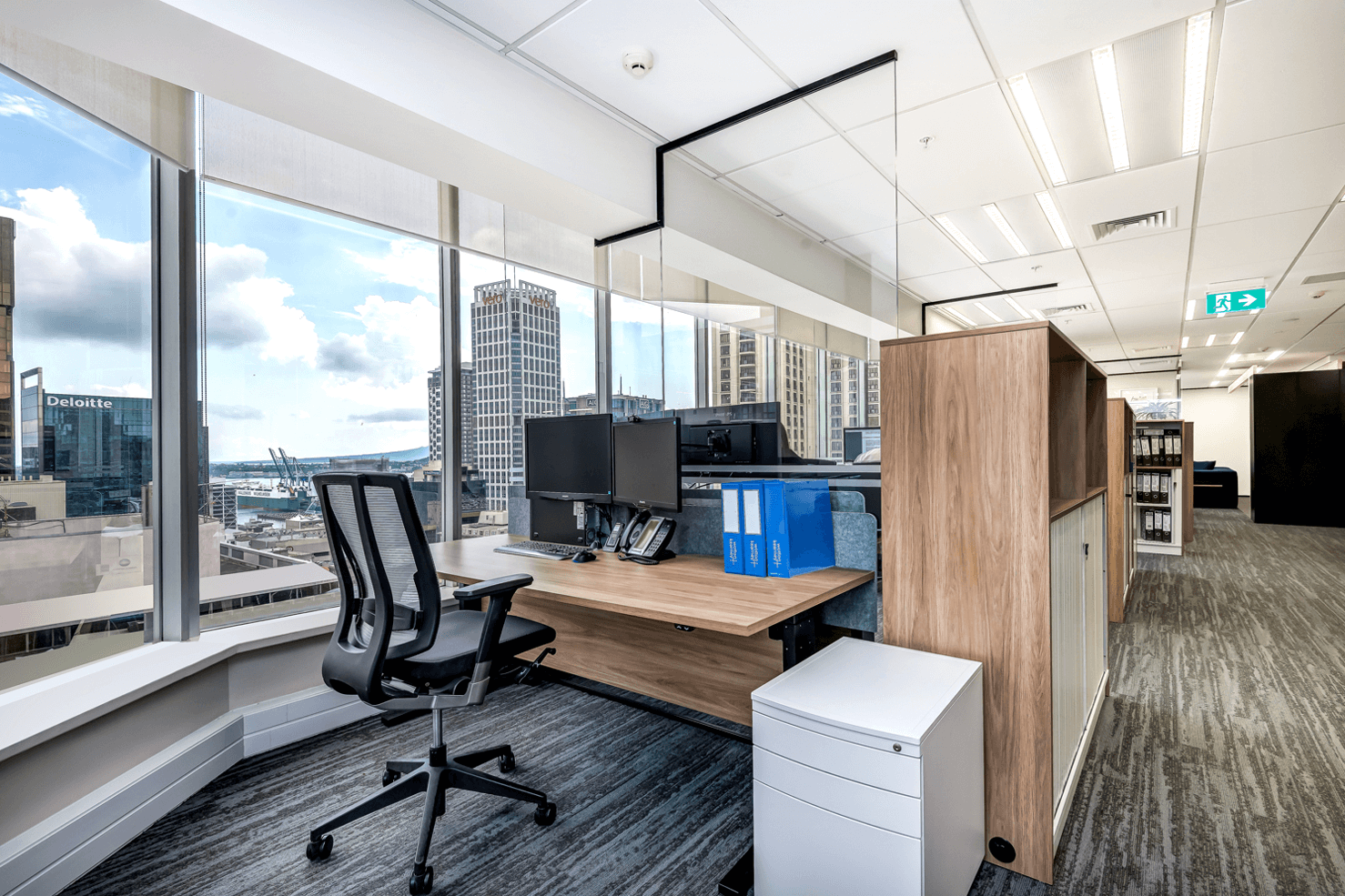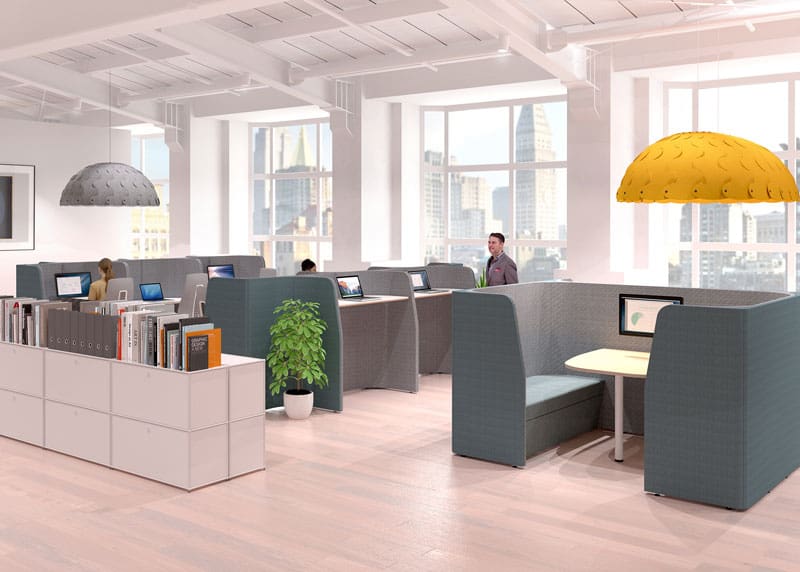Where previously employers actively sought technology solutions to increase productivity, improve efficiencies and reduce costs, it is office employees who, in 2022, expect their employers to make life easier and better with modern technology and office design solutions.

Research by global human resources company Randstad reveals that employees expect easier options for completing routine tasks, while 4 out of 10 reports leaving an employer because the company did not have access to the latest technology.
The good news is that advancements in modern technology not only make life better for employees but they also come packed with numerous benefits for the employer. No more so than in these times when the workplace has been massively disrupted by Covid and the consequent shift and acceptance of staff working from home more regularly.
Better space utilisation
The modern New Zealand office is a different place post-Covid. More and more staff are returning to the office, but it is widely accepted that teams are either rotated between home and the office, or there is greater flexibility for those who want to work from home on some days of the week. A more flexible work environment has smart employers thinking about space utilisation — desks that are busy one week and gathering dust the next week are not only a costly exercise but also not a good look.
Desk booking, desk monitoring sensors and blue-tooth connections — where an employee signs in to a desk — are examples of some forms of technology that enable employers to review data on how often a space is occupied, when demand is high and who spends more time in what spaces; even how frequently meeting rooms are utilised.
An empirical understanding of how space is utilised in the office has huge implications for cost savings, space utilisation and even the general energy and dynamic of a workplace.
Bye-bye post-lunch slump
The post-lunch slump in productivity is widely attributed to eating too many carbs for lunch, but this is simplistic. Other factors like circadian rhythms and the levels of CO2 in an office will have a significant impact on energy levels, alertness and productivity through the afternoon in any office environment. A good example of how CO2 build-up impacts alertness and productivity is the post-lunch snooze most people experience in hotel conference rooms, where ventilation is invariably poor.
Environmental monitoring technology helps assess if the ventilation in a room is sufficient and whether there is a build-up of CO2 (which equates to less oxygen per breath). CO2 build-up creates conditions conducive to the transmission of Covid, Colds and Flu viruses. It is also a primary cause of afternoon drowsiness, loss of concentration, headaches, and irritated eyes.
Good monitoring technology helps assess if the ventilation in a room is sufficient. When you notice a build-up of CO2, you can take steps to open windows, turn on ventilation technology or get employees to take a walk in the fresh air.
The power of posture
It is not unusual to see staff slumped over a device of some sort during their working day. The rise of essential digital devices like phones, tablets and laptops has caused some negative side effects like poor posture, which actually corrodes many of the productivity strides made by digitisation. Good posture is important to health (fewer sick days), mental health (poor posture can dampen mood) and productivity (headaches and sore backs negatively impact work).
Sit down and stand up desks go a long way toward improving posture and promoting better blood circulation. Advancements in chairs that offer better lumbar, neck, head and shoulder support have also made progress.
One such improvement is the personalised posture office chair. Instead of one size fits all, products can be altered to such an extent the chair verges on customisable. Features may include adjustable headrests, sliding seat, intuitive recline, cooling effects and multiple adjustments options to armrests and height.
Digitisation of the modern office gets all the glory, but in reality, computers and software just scratch the surface when it comes to the deployment of technology that can make a fundamental difference to staff output.

